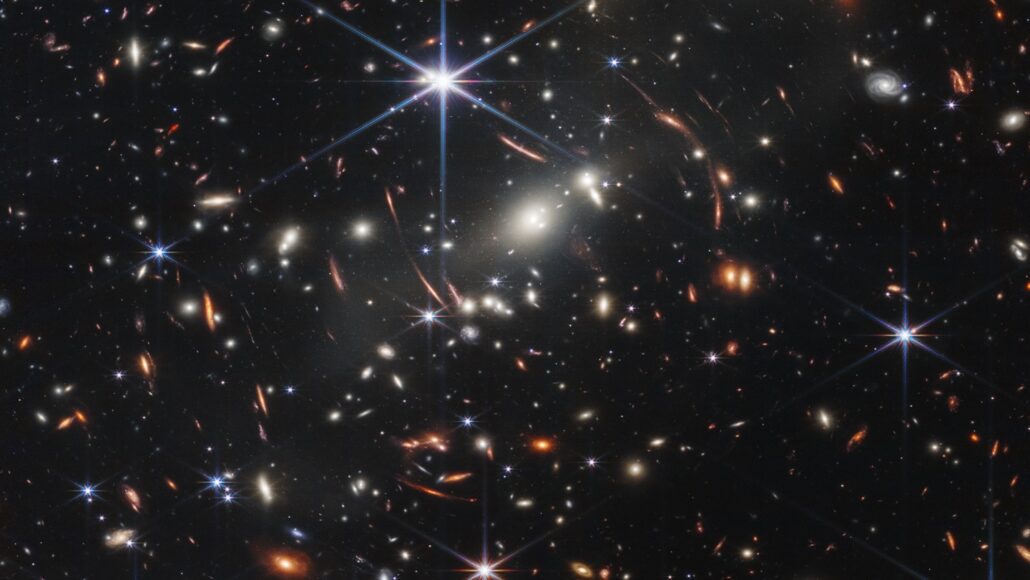
Space
Did James Webb telescope images ‘break’ the universe?
James Webb data show bright, massive galaxies that would appear to require new physics to explain. But maybe not, Hubble data suggest.
By Adam Mann
Come explore with us!

James Webb data show bright, massive galaxies that would appear to require new physics to explain. But maybe not, Hubble data suggest.

Weekly updates to help you use Science News Explores in the learning environment
Thank you for signing up!
There was a problem signing you up.
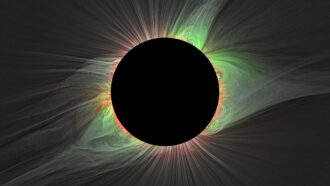
A total solar eclipse will race across North America on April 8, 2024, providing a rare opportunity for both scientists and casual observers.
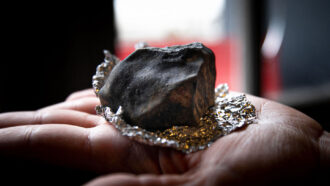
Meteorites are bits of space rock that have crash-landed on Earth — or on another celestial body.

This roughly 11-year cycle in the sun’s activity can affect space weather that messes with Earthly technology.
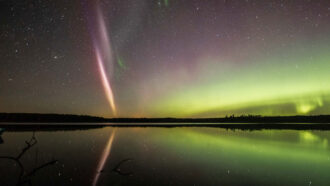
Researchers are trying to figure out the recipe of atmospheric conditions that creates this aurora-like light show.

Nathaniel Frissell uses radio data to study how eclipses affect a layer of the atmosphere called the ionosphere.

A Chinese rover used radar to reveal long-buried terrain. The discovery hints that Mars’ equator was once much colder and wetter.
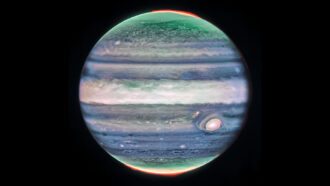
Spotted in images from the James Webb telescope, the high-altitude current may help untangle the workings of the giant planet’s atmosphere.

Mallory Molina is looking for supermassive black holes — and helping others find their place in the field of astronomy.

Dirt from the asteroid Bennu could hold clues about the material that built our solar system — and possibly where life comes from.